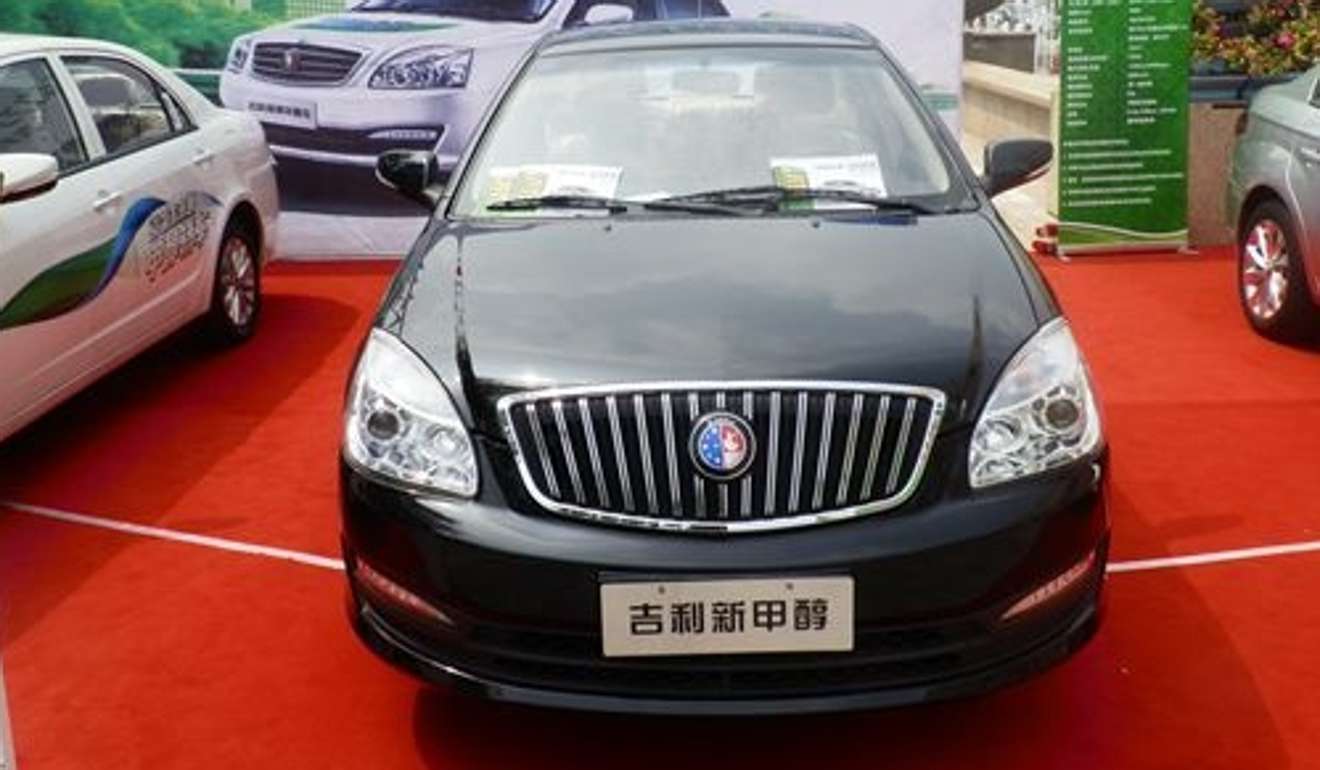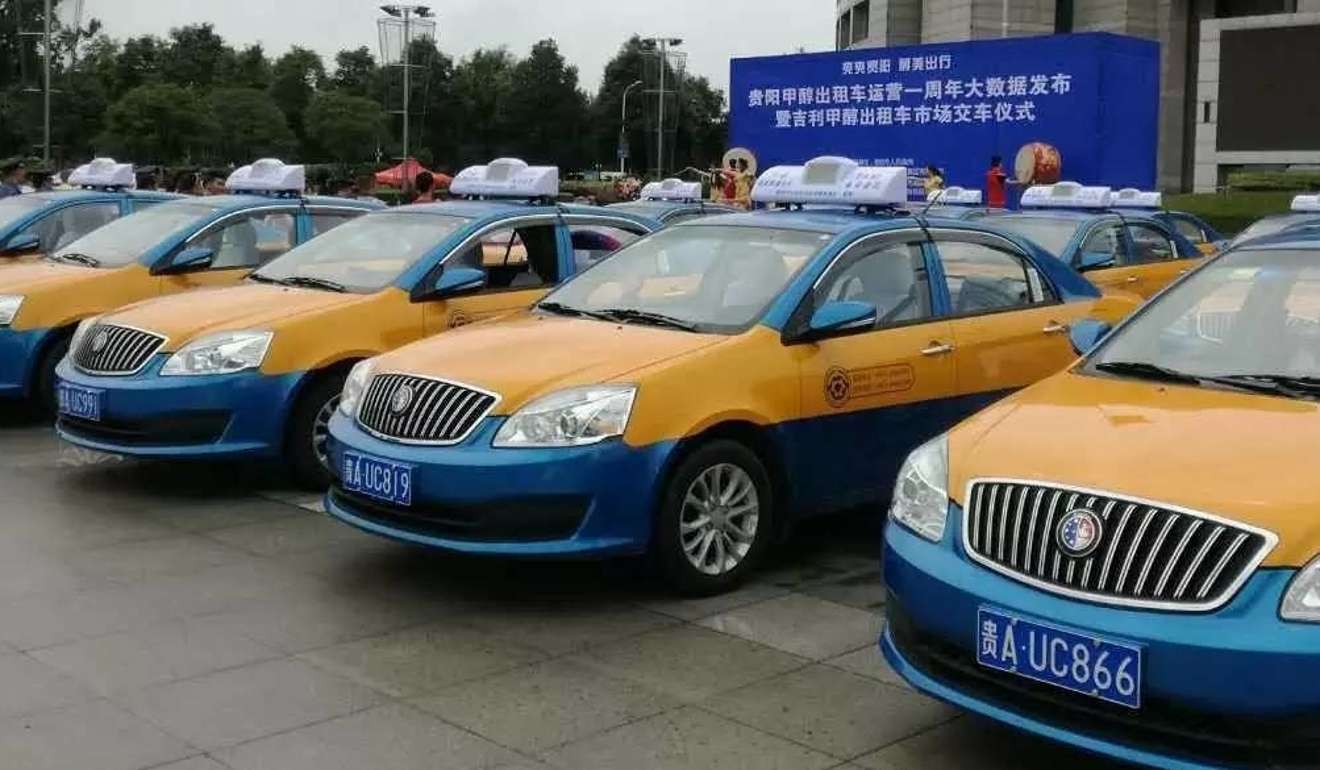
Could this green car breakthrough drive fuel cell future?
Chinese researchers discover faster way to produce hydrogen from methanol
A breakthrough by a team of Chinese researchers could see family sedans travelling up to 1,000km on a tank of methanol, eclipsing the performance of hybrid cars.
The new technology, reported in a recent issue of the journal Nature, converts the methanol to hydrogen gas, which is then used to power fuel cells generating electricity. The vehicle would be fast, quiet and emit no smog-producing pollutants.
Methanol, an alcohol made easily from coal, is the preferred fuel of many racing drivers, because it burns efficiently, is less likely to overheat a high-powered engine, is less flammable in an accident, emits less pollutants, and costs just a fraction of the price of petrol or diesel.
But drivers do not get much mileage from a methanol-burning internal combustion engine and the fuel is also toxic and requires careful handling. Previous attempts to mass-market methanol-powered cars to drivers in America in the 1980s and 1990s failed.
But in China, a country rich in coal resources, interest in methanol has been rekindled. Car industry entrepreneurs and leading energy scientists are lobbying the government to embrace the “methanol economy”, an idea proposed in the 1990s by Nobel Prize winner George Olah, to reduce oil and natural gas imports and improve the quality of air in big cities.
There are already some fuel cell cars on the road, such as the Honda Clarity and Toyota Mirai, that use hydrogen as fuel. But hydrogen is expensive, volatile and prone too explode.

“It is not safe to store a large amount of hydrogen at a filling station in populated area, or carry a large, pressurised container around in busy traffic in the back of your car,” said Professor Wen Xiaodong, a co-author of the study. Wen, a former research scientist at the Los Alamos National Laboratory in the United States, now works at the Chinese Academy of Sciences’ Institute of Coal Chemistry.
However, some stable chemicals, such as methanol and ethanol, contain lots of hydrogen molecules and can serve as indirect hydrogen storage for fuel cells.
Scientists have known for a long time that when methanol meets water, they can release hydrogen and carbon dioxide, but the reaction only takes places at high temperatures. In 2013, Professor Matthias Bellers, from the University of Rostock in Germany, demonstrated a way to separate hydrogen from methanol with a ruthenium-based catalyst at a low temperature, but the reaction process was too slow to generate enough hydrogen gas for a fuel cell car.
Wen, in collaboration with Peking University professor Ma Ding and others, discovered a new type of catalyst which is five times faster.
“The device can shrink to fit in a Toyota Mirai,” Wen said.
The reaction chamber had a volume of only about 100ml, and the vehicle would carry two fuel tanks, one for methanol and a smaller one for water.
But the new technology still had room for improvement. One issue was cost. To make the catalyst for a car required six to 10 grams of platinum, which costs more than US$32 a gram, and Wen estimated it would take at least three to five years to build a demonstration vehicle.
Chinese entrepreneurs are not that patient, and Li Shufu, the chairman of Geely and Volvo Cars, has just submitted a formal proposal to the central government for the mass launch of methanol-fuelled vehicles in China.

“After years of fundamental research and trial operations, the cleanness, efficiency and safety of methanol vehicles have been widely recognised,” China Youth Daily quoted Li as saying at the annual meeting of the National People’s Congress in Beijing in March. “On the frontier of methanol vehicle technology research, our nation is leading the world.”
Li’s company, one of China’s largest carmakers, plans to launch a methanol-powered variant of each of its best-selling petrol-fuelled models.
“Many government officials did not have confidence,” he said. “They were frightened by the failure in the US.”
In the US, methanol was previously made from natural gas, which made it uncompetitive amid falling oil prices. But a large number of coal-based methanol production plants have opened in China in recent years, reducing the cost of methanol to just two yuan (29 US cents) a litre, a third of the price of diesel.
Professor Yao Dechun, deputy director of the State Key Laboratory of Engines at Tianjin University, supports Li’s proposal.
“If the government can use only a tenth or even a hundredth of the budget for electric cars to support methanol vehicles, the situation will be much improved,” he said.
Methanol vehicles developed by several carmakers had been tested in Shanxi, Shaanxi and Shanghai for three or four years. Yao said the results were “very positive”, and he urged the central government to expand the programme across the mainland as soon as possible.
Yao said the methanol cars market in China could grow rapidly because the fuel was cheaper and produced less pollution.

“Why are we buying oil from overseas while there is abundant methanol at home?” he asked.
But Wen cautioned about methanol’s toxicity. It poisons 1,300 people a year in the US and the situation is even worse in developing countries, where many people are blinded or die after mistaking it for non-toxic ethanol alcohol.
“You certainly can’t fuel the car as casually as you use the pump at a petrol station,” he said. Methanol vapour could make a person dizzy or lose consciousness, so careful design was needed to prevent leaks at refilling stations and in vehicles.
“In theory, our catalyst works on any carbon-based fuel,” Wen said. “Our next step is to see if it is possible to replace methanol with non-toxic fuel, such as [ethanol] alcohol, which contains even more hydrogen.”

